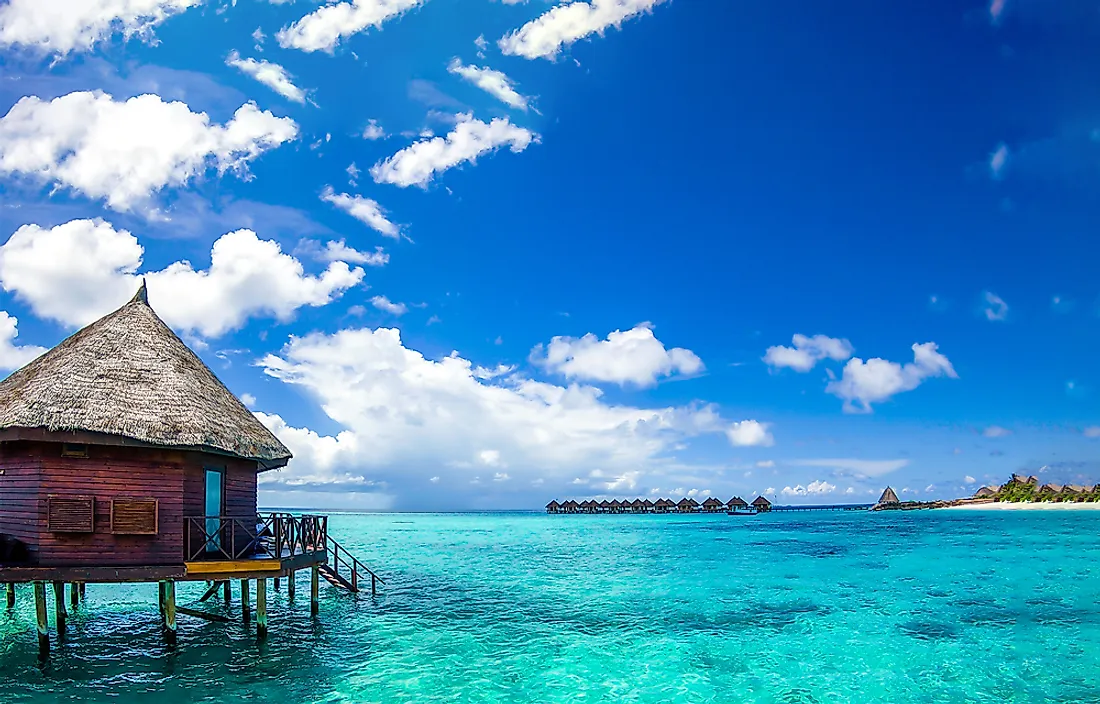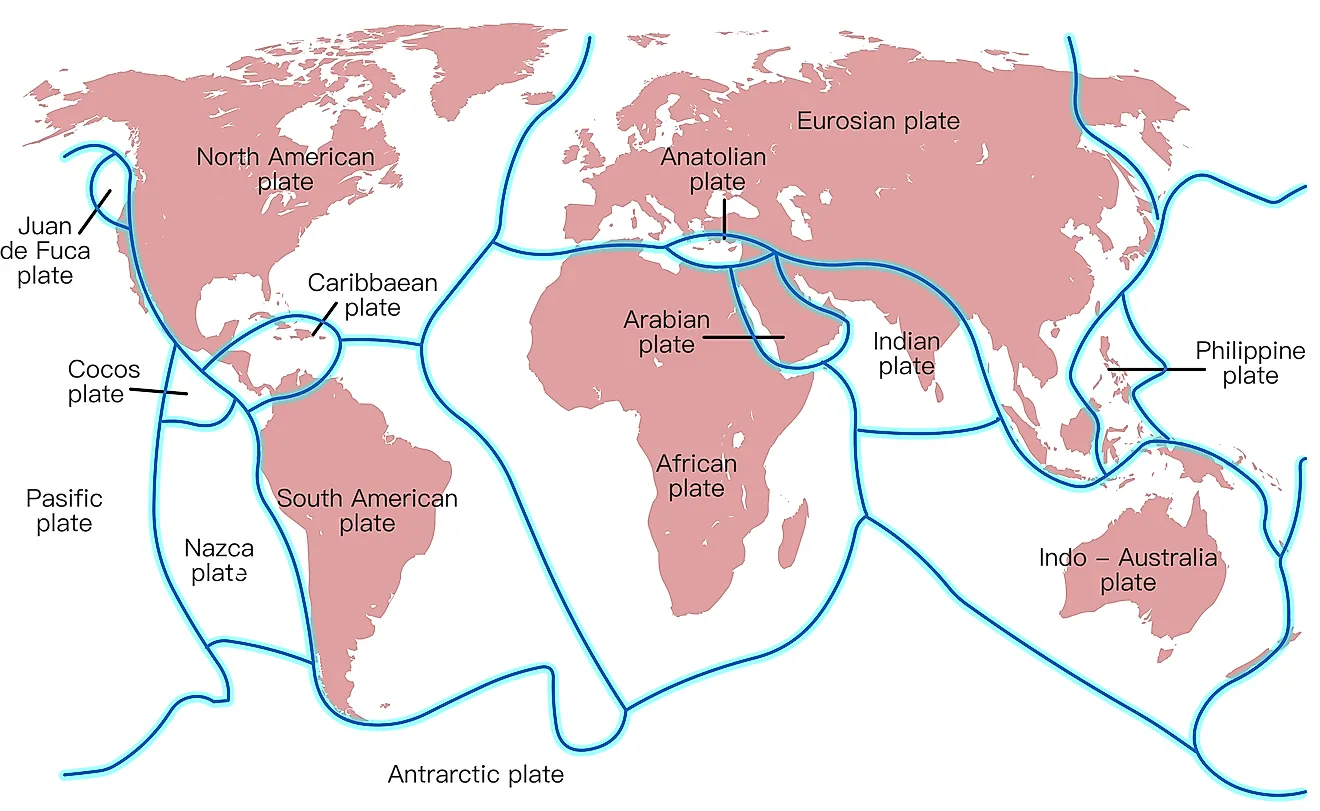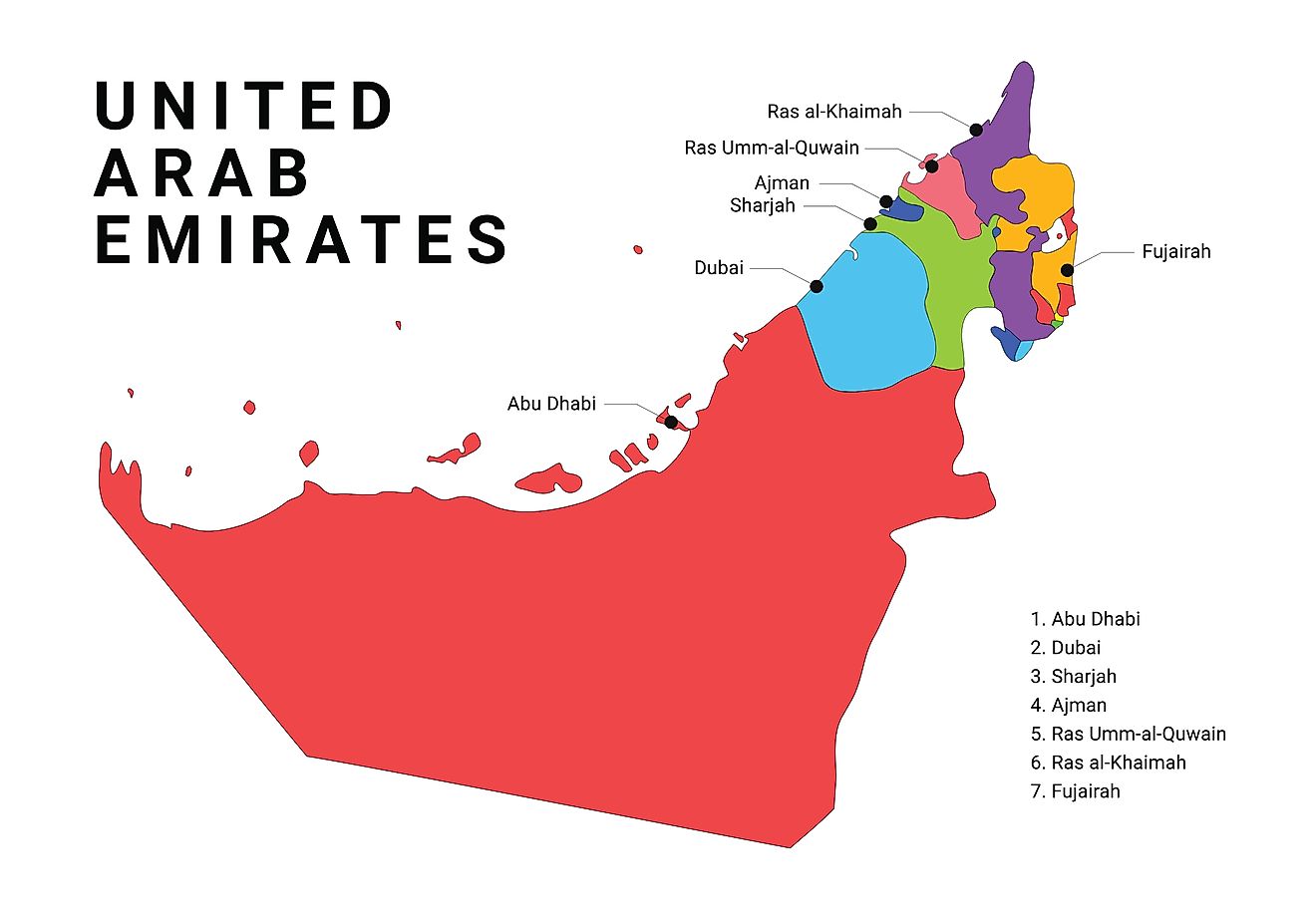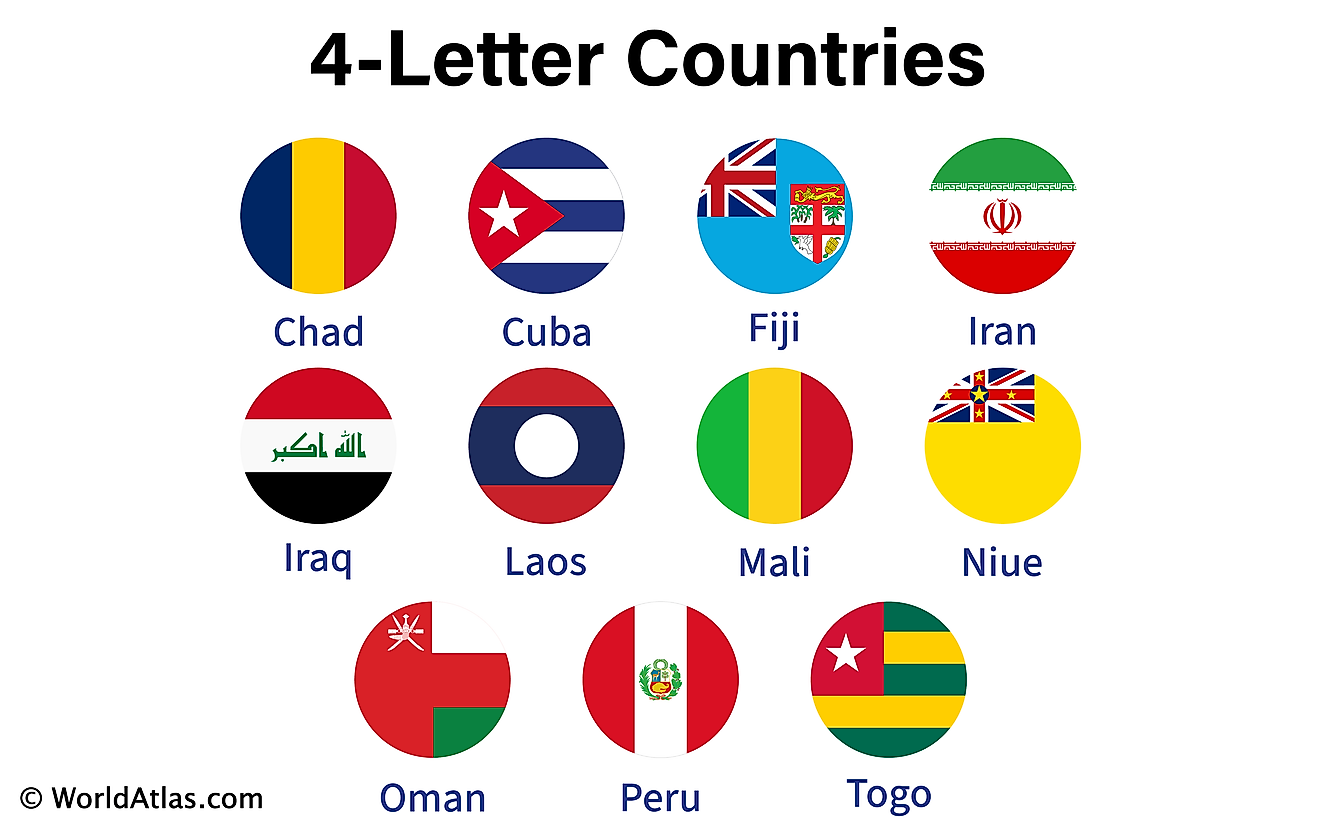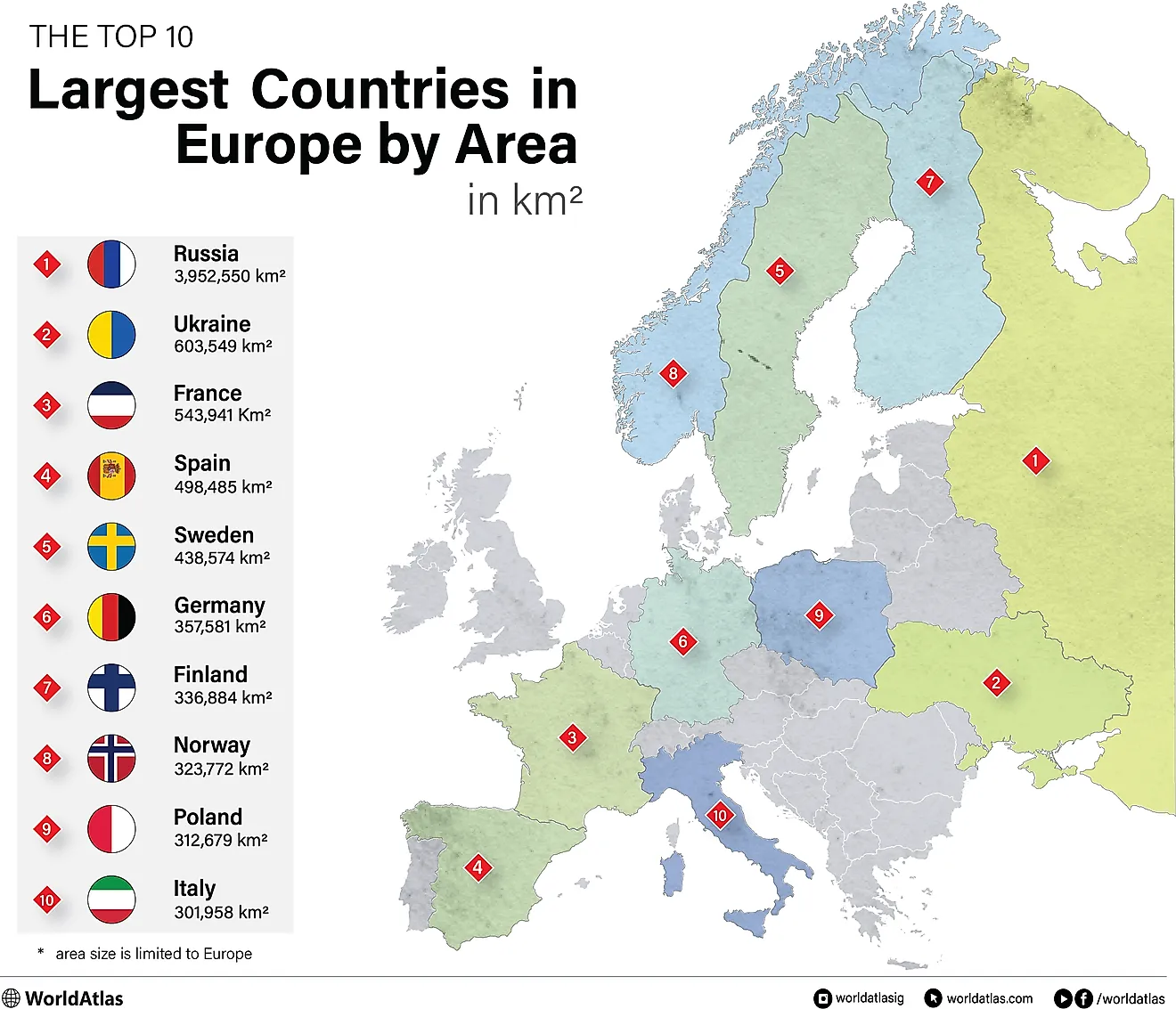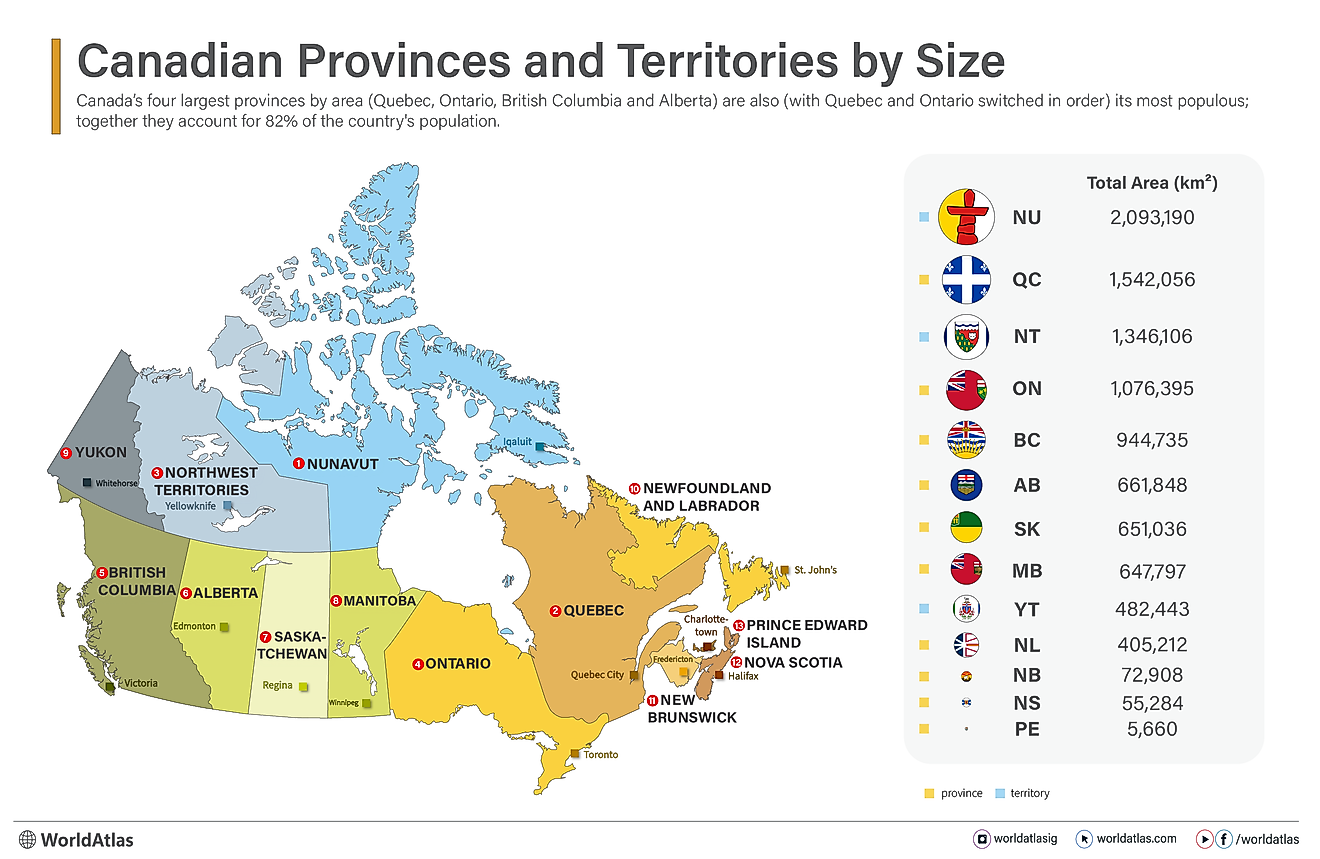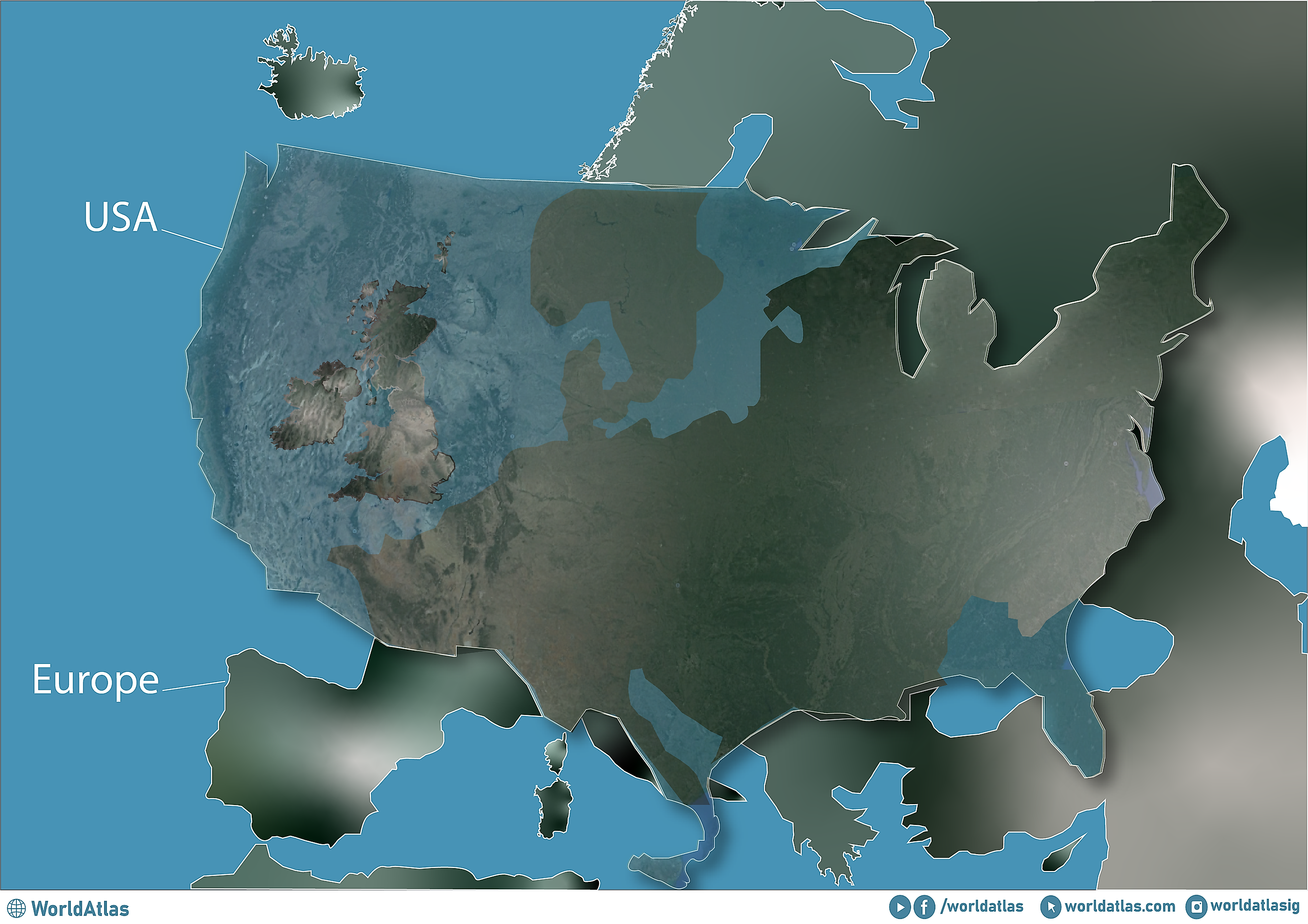
Are the USA and Europe the Same Size?
Both covering nearly 10 million square kilometers (4 million square miles), the United States and Europe are similar in size. However, Europe is 104,480 square kilometers (40,340 square miles) larger than the United States. Despite this similar land area, Europe is much more densely populated, with over twice the population of the US. Additionally, although Europe has a larger land area, the US economy is slightly larger, surpassing Europe’s by approximately $4.6 trillion.
Land Area Distribution
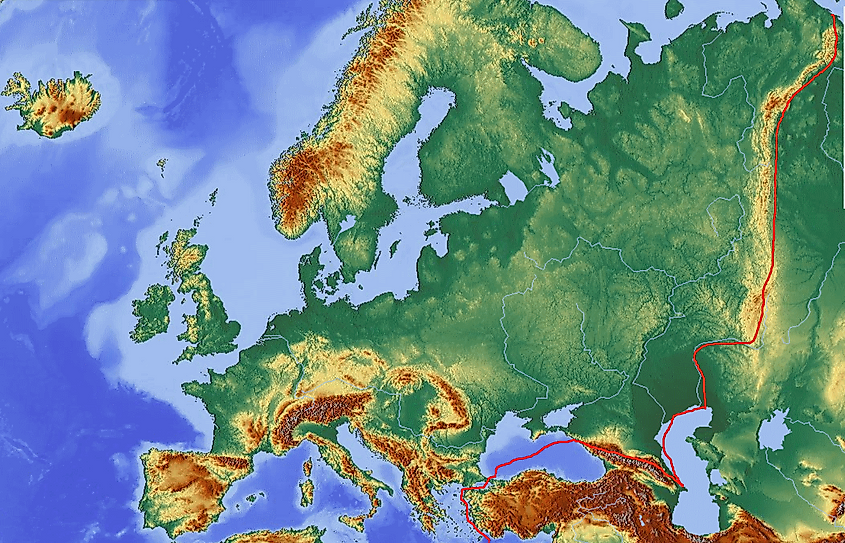
Europe, consisting of 47 countries, covers a total area of 9,938,000 square kilometers (3,837,083 square miles). Russia accounts for the largest portion, with 3,972,400 square kilometers (1,533,752 square miles) of its territory located within Europe. The smallest country, in contrast, is Vatican City, at just 0.49 square kilometers (.19 square miles).
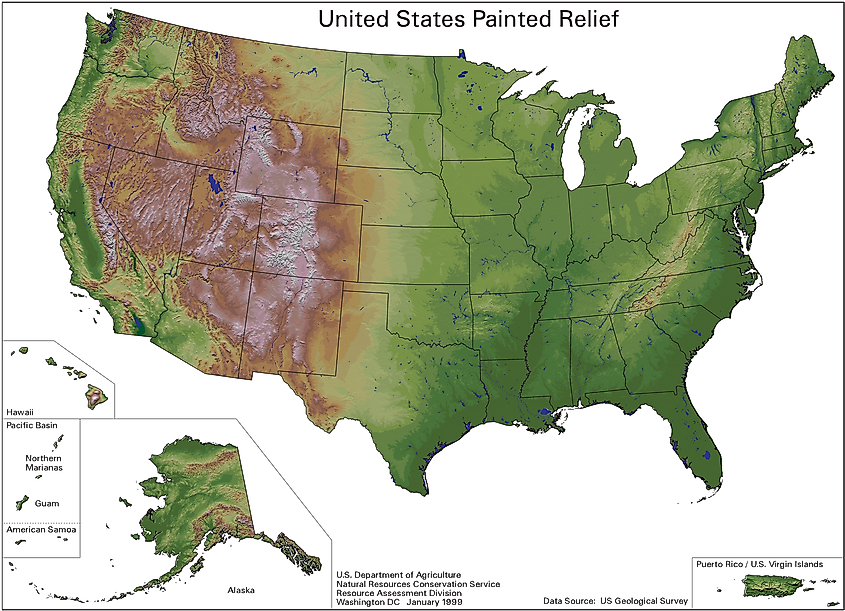
In comparison, the United States is a singular country consisting of 50 states and spanning an approximate total of 9,833,520 square kilometers (3,796,742 square miles). Of the United States’ total land area, about 7% is water. Alaska is the largest state at 1,723,337 sq km (665,384 sq mi), accounting for nearly 18% of the US’s total size. Rhode Island, in contrast, is the smallest state, making up just 4,002 square kilometers (1,545 square miles). The difference in size between the US and Europe of 104,480 square kilometers is roughly the size of Iceland.
Population Comparison
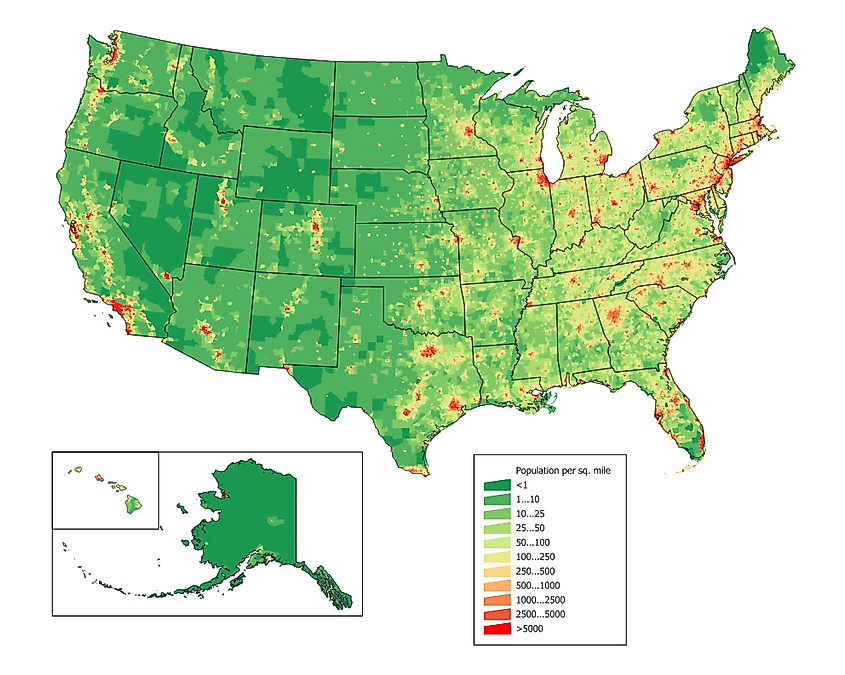
As of 2024, the United States has an estimated population of nearly 342 million people, making it the third most populated country in the world. California is the most populated state, home to over 39 million residents, followed by Texas, with 30 million, and Florida with 22 million. The least populous state is Wyoming, with about 581,000 residents.
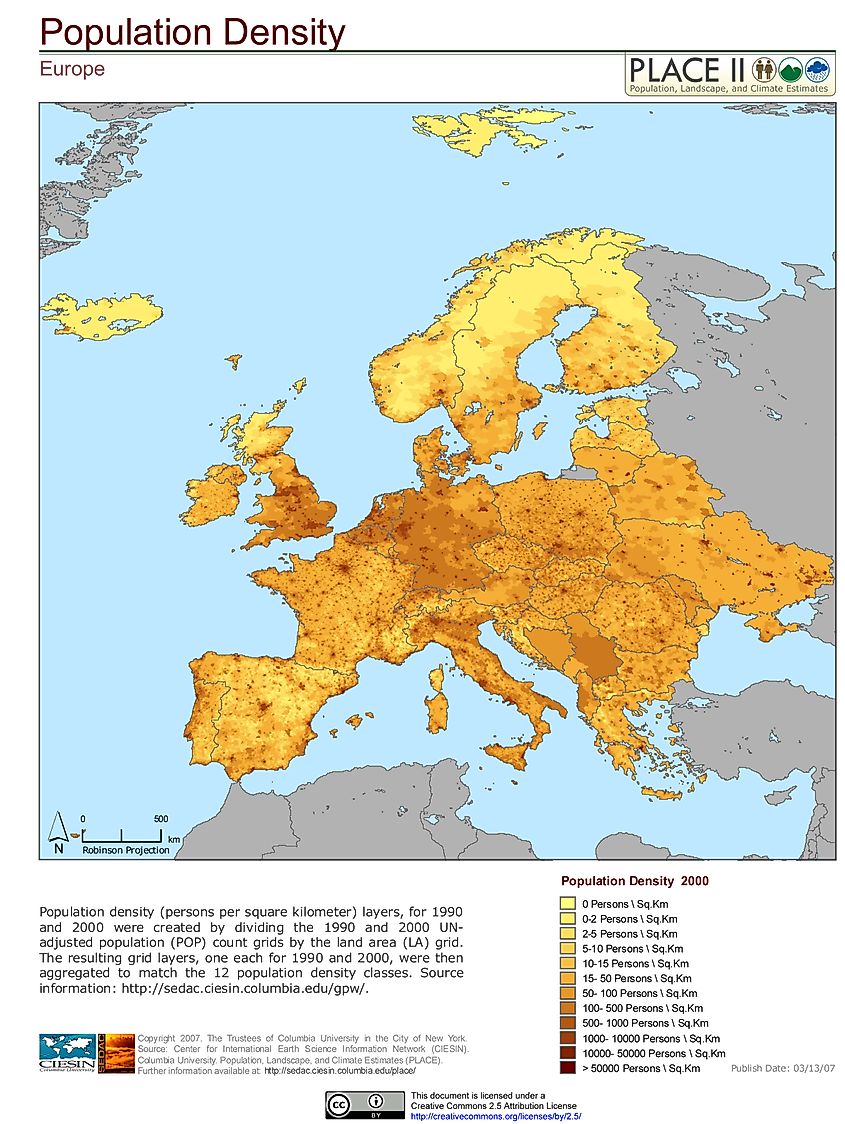
Europe has a population of nearly 745 million, making it over double the population of the United States. Russia is the most populous country in Europe, with approximately 110 million people living on its European side, which accounts for about 80% of the country's total population. Vatican City, on the other hand, is the least populous country, with just around 825 residents.
Economic Strength Comparison (Per Capita)
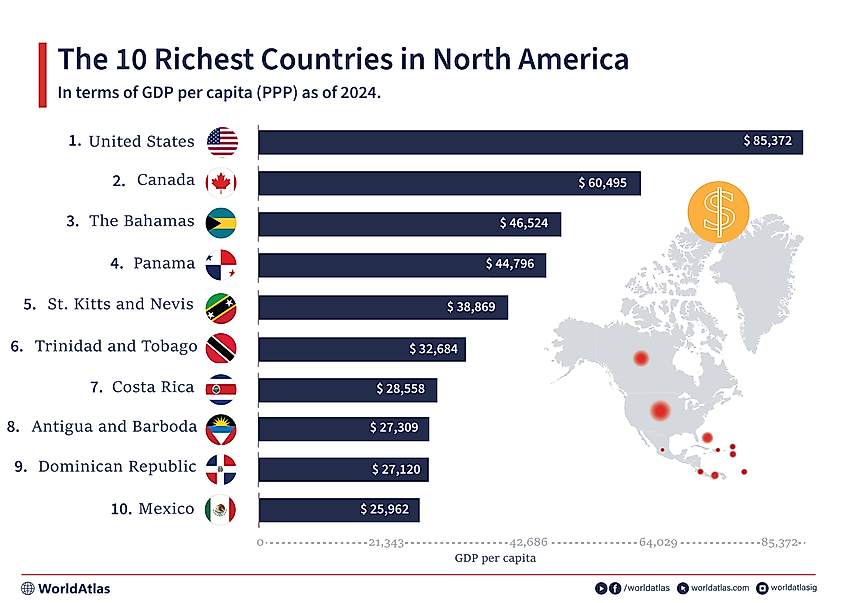
Although The US and Europe have similar-sized economies, the United States’ is slightly larger per nominal GDP. In fact, the US is the eighth richest country in the world, with a GDP per capita (PPP) of $85,372. Nominally, it has a GDP of $28.78 trillion, making it the country with the largest economy. Of the 50 US states, California has the largest economy, boasting a nominal GDP of 3.8 trillion, which makes it larger than the economy of India.
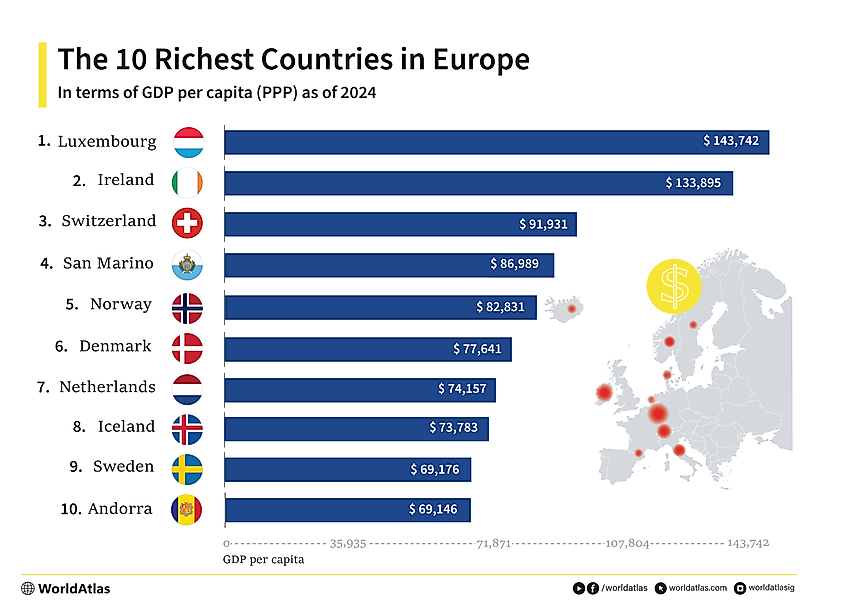
Europe is home to many of the world’s richest countries as well, such as Luxembourg, Ireland, Switzerland, San Marino, Norway, Denmark, and The Netherlands. Luxembourg, in fact, is the wealthiest country in the world, with a GDP per capita (PPP) of $143,742. The European country with the largest economy is Germany, with a nominal GDP of approximately $3.85 trillion. As a whole, Europe’s economy has a nominal GDP of $24.22 trillion, making it about 84% the size of the United States' economy.
Driving From One Extreme To Another
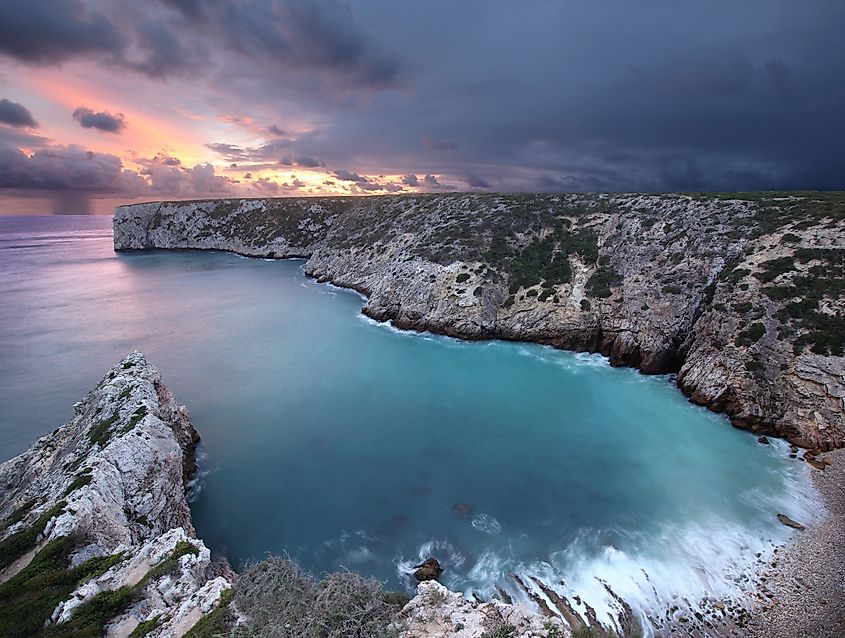
In both Europe and the United States, driving from one end to the other takes over 5,000 kilometers (3,100 miles). However, the route through Europe is slightly longer. The route from Hammerfest, Norway, in Europe’s northeastern corner, to Sagres, Portugal, in the southwest, spans 5,490 kilometers (3,411 miles) and would take about 58 hours of non-stop driving.
In comparison, driving from Seattle, Washington, in the US’s northwestern corner, to Miami, Florida, in its southeast, takes about 5,311 kilometers (3,300 miles), which would take about 48 hours to drive non-stop. Although Alaska is farther northwest than Seattle, this route does not consider Alaska as it would require driving through Canada.
History & Evolution of Size
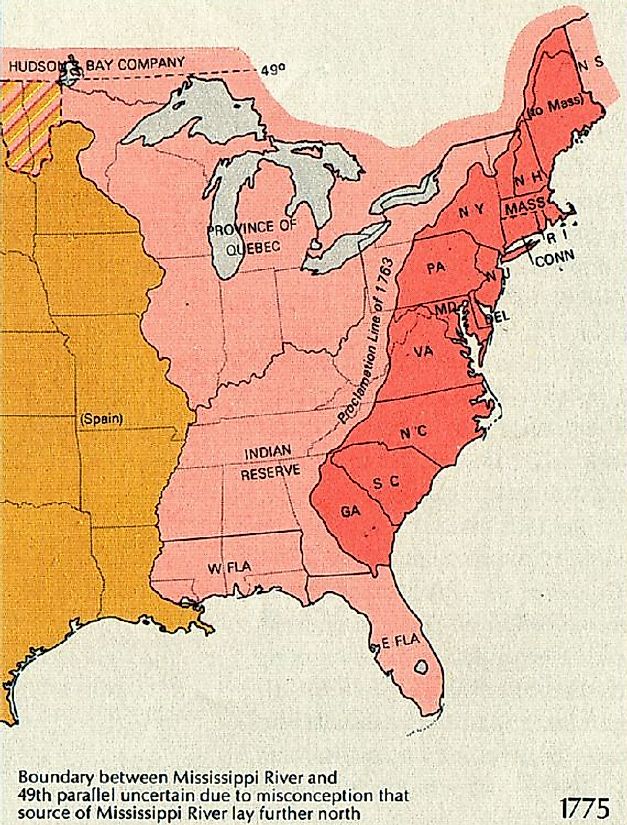
Some European countries date back millennia, such as San Marino, which was founded in 301 CE, making it the oldest in Europe. Denmark also has an extremely long history, dating back to around 700-800 CE, while France’s origins trace to 843. In comparison, the United States is a much younger country, just under 250 years old. Additionally, when it declared independence from Great Britain nearly two centuries and a half ago, it was much smaller than it is today.
After declaring its independence in 1776, the United States consisted of just thirteen states along the eastern Atlantic coast: New Hampshire, Rhode Island, Massachusetts, New Jersey, New York, Connecticut, Delaware, Pennsylvania, North Carolina, South Carolina, Virginia, Maryland, and Georgia. The Louisiana Purchase in 1803 was the young country’s first major land expansion, which roughly doubled its land area. Sixteen years later, the United States grew again after officially purchasing Florida from Spain.
In 1845, the Union annexed Texas as well, adding nearly 700,000 square kilometers (270,000 square miles) to the United States’ land area. In 1848, the Oregon Treaty with Britain allowed the US to add the territories of present-day Washington, Oregon, and Idaho to the country’s land. Other notable additions include Alaska and Hawaii, which both officially became the final two states to join the Union in 1959, adding a total of 1,751,650 square kilometers (676,316 square miles) to the country’s total land area.
Final Thoughts
Even though the United States is a single country and Europe is a continent, their similar land masses often invite comparisons. However, despite their comparable sizes, Europe and the US differ significantly in terms of population density, economics, culture, languages, and customs. Europe, as a continent, is incredibly varied, making it difficult to generalize or simplify its many countries and their unique systems. In the European Union alone, for example, there are 24 official languages, while across the continent, residents speak over 200. Thus, it’s important to distinguish between a single country, like the United States, and a continent, such as Europe, which features a conglomeration of cultural practices, economies, and governments.






